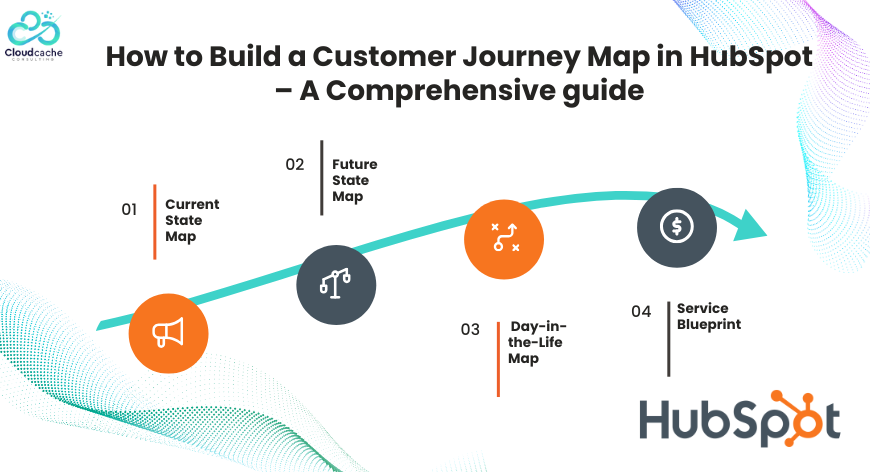
How to Build a Customer Journey Map in HubSpot : A Comprehensive guide
In 2025. Buyers are informed, fast-moving, and expect personalized experiences across every interaction. Thanks to AI, brands are now expected to deliver smarter, more relevant communication at every stage of the customer journey. That’s why crafting a customer journey map in HubSpot—one that is actionable, personalized, and aligned with your goals—is no longer optional. It’s essential.
A traditional customer journey map may show how users move from awareness to loyalty, but that’s just the beginning. Today, the most successful businesses go beyond basic timelines and create AI-enhanced, data-driven journey maps that live inside marketing platforms like HubSpot. These maps do more than just guide teams—they power personalized experiences, streamline internal operations, and help organizations scale intelligently.
In this guide, we’ll walk you through how to build a unique, adaptable, and high-performing customer journey map using HubSpot, tailored to the needs of modern buyers and distributed teams.
Why Customer Journey Mapping Needs to Evolve in 2025
At its core, a customer journey map is a visual story of how a customer experiences your brand across various touchpoints—from first interaction to long-term loyalty.
The best journey maps today are data-fed and AI-enhanced. They collect insights from website visits, email engagement, content interactions, support tickets, and more. With HubSpot’s integrated tools, you can turn this data into a live roadmap that reflects real-time customer behavior and predicts future actions.
Here’s why this matters:
- Fragmented customer experiences cost you business. Misaligned messaging, disconnected platforms, and slow handoffs frustrate customers and drive them to competitors.
- Customer loyalty is based on relevance. With so many options available, buyers choose brands that understand them and respond in real-time.
- AI offers foresight. Instead of simply reacting to churn or delays, predictive tools inside HubSpot can anticipate needs and recommend next-best actions.By combining human empathy and AI intelligence, your journey map can become a true business asset—designed not just to understand customers, but to influence outcomes.
Types of Customer Journey Maps
Every business goal calls for a different kind of map. Before building your journey in HubSpot, identify which format fits your objective best:
- Current State Map
Captures the real-time experience your customers go through today. It details every known interaction, channel, and process.
Ideal for: Identifying friction points, delays, or inconsistencies.
How AI Helps: Use HubSpot’s analytics and behavioral data to uncover pain points, drop-offs, or mismatches between user intent and company response.
- Future State Map
Illustrates what the journey should look like after a change—such as entering a new market, launching a product, or optimizing a process.
Ideal for: Business transformation initiatives or experience redesign.
How AI Helps: Predictive modeling helps simulate outcomes, forecast potential customer paths, and estimate the impact of experience changes.
- Day-in-the-Life Map
Zooms out to consider what your customer does outside of direct interactions with your brand. This format helps understand emotional context and lifestyle patterns.
Ideal for: Product innovation, early-stage research, or new audience targeting.
How AI Helps: By aggregating behavioural and persona data, HubSpot AI can detect underlying motivations and unmet needs, especially when touchpoints aren’t easily trackable.
- Service Blueprint
Focuses on the internal processes and tools that support customer interactions.
Ideal for: Operational optimization or improving internal-external alignment.
How AI Helps: Pinpoints handoff breakdowns and recommends automation to streamline service and support
How to Build a Customer Journey Map in HubSpot That Drives Real Results
HubSpot gives features to utilize leads precisely. Let’s break down how to create a customer journey map in a step-by-step format:
Step 1: Set Clear Objectives
Every journey map needs a purpose. Ask yourself:
- Are we trying to reduce churn?
- Do we want to increase upsells?
By aligning your map with specific goals, you make it easier to measure outcomes and make improvements over time.
Step 2: Gather and Analyze Customer Data
Use HubSpot CRM to collect data from:
- Website behavior (page views, time spent)
- Email engagement (open/click rates)
- Content interactions (blogs, downloads)
- Sales activity (pipeline movements)
- Customer support (ticket history, NPS feedback)
AI tools inside HubSpot can analyze this data to uncover friction points, intent signals, and patterns that might be difficult to see manually.
Step 3: Collaborate Across Teams h4
Cross-functional collaboration ensures that your map is built with multiple perspectives, leading to more accurate insights.
Step 4: Map the Journey Using External Tools First
Use tools like Miro, Whimsical, or Lucidchart to sketch out your customer journey. Focus on the following elements:
- Journey stages (awareness to loyalty)
- Touchpoints (ads, emails, calls, social media)
- Emotions and motivations
- Pain points or roadblocks
This lets you define what the journey should look like before implementing it in HubSpot.
Step 5: Translate the Journey into HubSpot
Once your prototype is finalized, bring it into HubSpot. Here's how:
- Create custom properties and CRM objects that reflect key customer attributes.
- Set up lists, segments, and workflows based on behaviors and stages.
Operationalizing the Journey Map in HubSpot
Your journey map becomes powerful only when you turn it into automated, repeatable workflows that scale.
Align Your System Architecture
Every team should use the same interpreting logic of customer data. This means:
- Using shared lifecycle stages.
- Defining unified buyer personas.
- Keeping consistent CRM property naming conventions.
This alignment reduces confusion and builds a clear foundation for automation.
Leverage AI for Personalization at Scale
With HubSpot’s AI tools , You can:
- Predict drop-offs and intervene before churn.
- Score leads based on complex engagement signals.
- Optimize campaign send times by location or persona.
These features allow you to create journeys that adapt in real-time, keeping customer experience smooth and consistent.
Automate Key Triggers
Use HubSpot’s automation engine to guide customers forward. Some examples include:
- Triggering onboarding workflows after a deal is won.
- Sending upsell emails after specific content engagement.
- Alerting account managers when engagement scores fall below a threshold.
Use branching logic to account for different personas, products, or buyer journeys.
Maintain Brand and Experience Consistency
Fragmentation across departments leads to broken experiences. With HubSpot’s unified platform, you can:
- Consistent email branding for marketing and sales.
- Coordinate content across the funnel.
- Avoid data silos and improve collaboration.
This ensures that customers receive coherent communication, regardless of the team involved.
Conclusion
In a globally connected business environment, where customer loyalty is earned with every interaction, the importance of a well-built journey map cannot be overstated. When integrated with a robust platform like HubSpot and powered by AI, journey mapping becomes a living system—fueling personalized, timely, and effective customer experiences.
At CloudCache Consulting, we help companies turn customer insights into intelligent engagement strategies. From defining journey stages to deploying automation workflows in HubSpot, our team of certified consultants ensures that your customer journey isn’t just mapped—it’s mastered.
Ready to get started?
Contact CloudCache Consulting today for HubSpot Consulting Services. Take a look at what our clients are saying about us on Upwork.
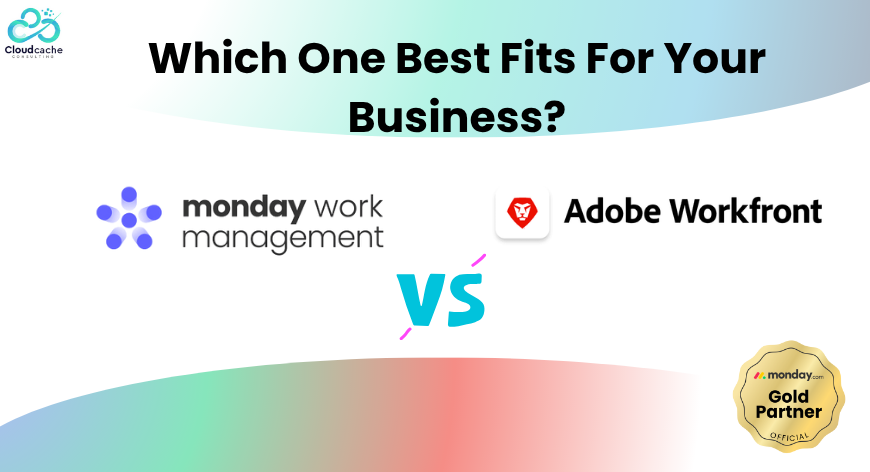


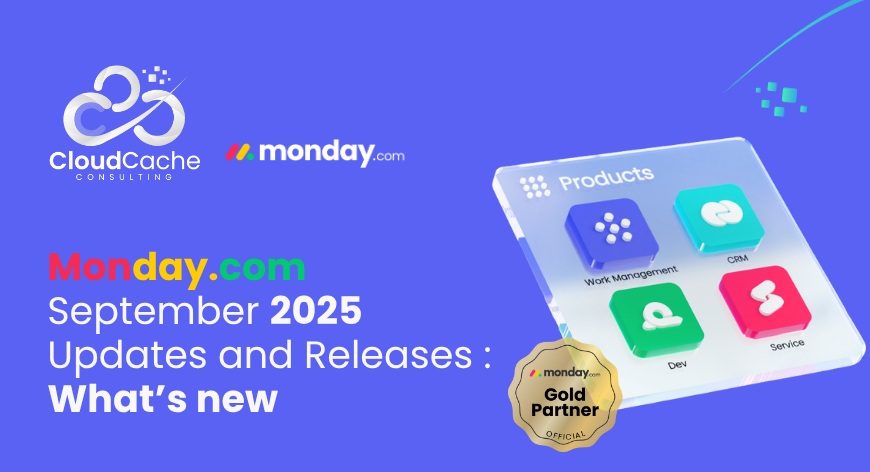

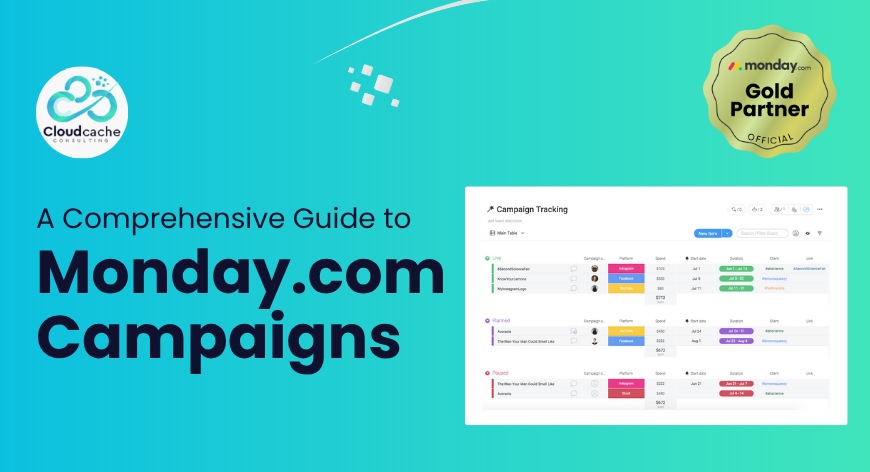

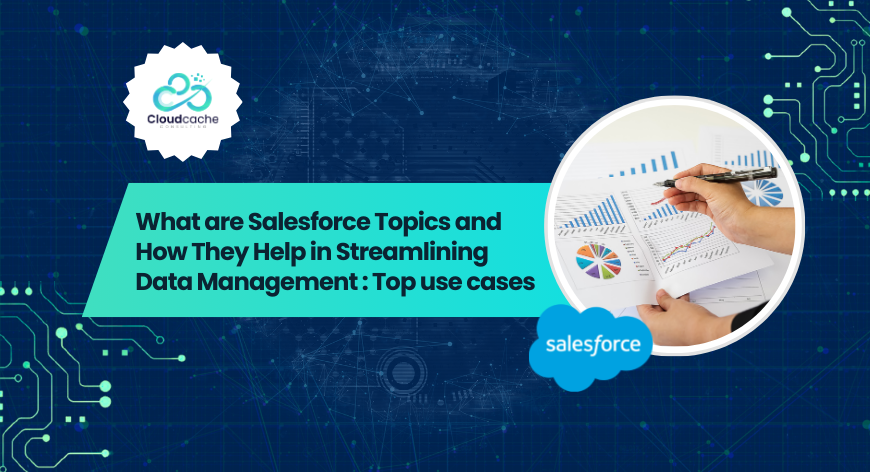

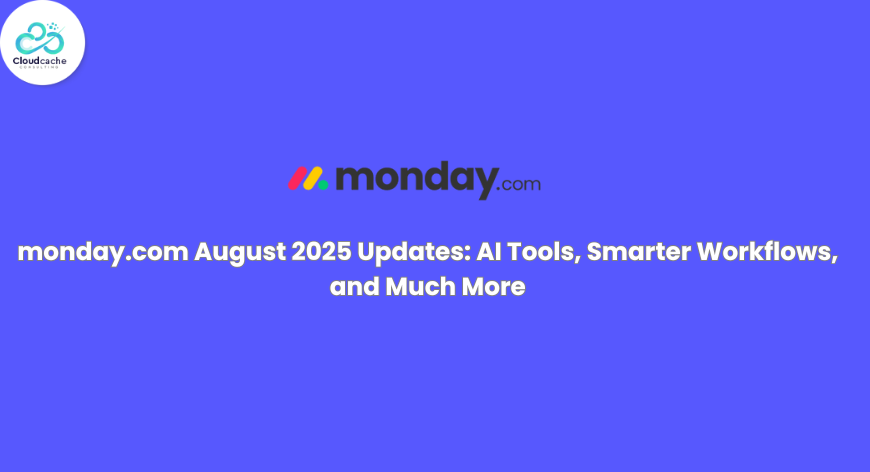

Leave a Reply
Your email address will not be published.